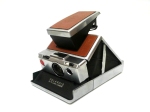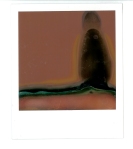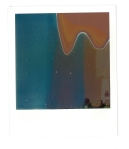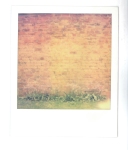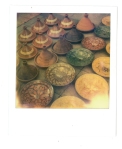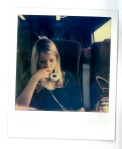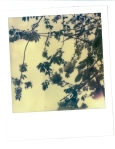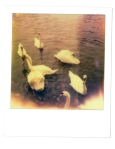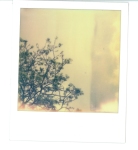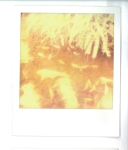I remember the first time I saw the film ‘Momento‘, it was about 5 years ago and it still remains one of the best films I’ve ever seen. One of the main things I absolutely love about the film is the Polaroids he takes and recently I took it upon myself to try out some of my own instant photography.
Unfortunately Polaroid shut down their production of instant film. At this time companies like Fuji still produced a form of instant film but no one produced the classic, square format, white boarded Polaroids seen in Momento. Luckily a group of former polaroid enpolies started a company called ‘The Impossible Project‘ shortly after production ceased.
“In October 2008 The Impossible Project saved the last Polaroid production plant for integral instant film in Enschede (NL) and started to invent and produce totally new instant film materials for traditional Polaroid cameras. In 2010 Impossible saved analog instant photography from extinction by releasing various, brand new and unique instant films.
Impossible prevented more than 300.000.000 perfectly functioning Polaroid cameras from becoming obsolete, changing the world of photography and keeping variety, tangibility and analogue creativity and possibilites alive.”
Unlike Polaroid film, Impossible Project is still experimental. Polaroid spent years perfecting a chemistry that would let the user watch the picture ‘appear in front of their eyes’. Impossible Project, with only a year created a somewhat stable formula, however it requires shading immediately after being exposed and a constant tempreture to create a quality image. With this information I got my hands on an old Polaroid camera, a SX-70, notably the first camera to take the infamous square format Polaroid classics which are now synonymous with their name. At this moment in time ‘Impossible Project’ film is incredibly expensive – £20 for ten exposures. Due to this being a test I purchased expired and consequently cheaper film from a seller on Ebay. The first pack was a failure, this was mainly because the darkslide that I was using to shield the film was also blocking it from ejecting from the camera but I leant from this mistake and the second was a little more successful.
The results yielded some interesting images; it appears that the second pack had a tiny light leak in the bottom right and left corner but this added to the experimental nature of the images. The images that I shielded best were the images of the girl on the train and the Moroccan pottery. This shows that when correctly shielded the experimental film can give some realistic results.
